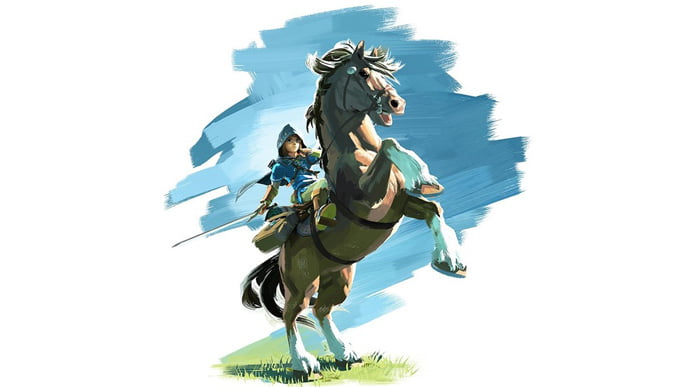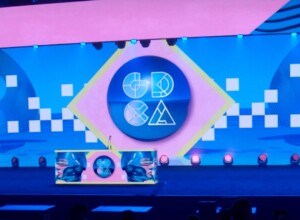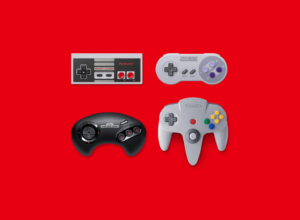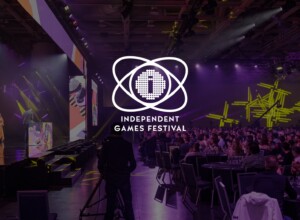We never seem to be satisfied with Legend of Zelda games. Will it be different this time round?
I recently played though the Legend of Zelda: Twilight Princess HD. It’s an accomplished remaster by Tantalus Media that gives the game a crisp sheen without sullying its original autumnal, melancholic atmosphere.
The Wii U’s gamepad implementation is simple but useful, making items and characters transformation a quick touch away. If the NX doesn’t have a second screen it’s little interactions like this that will be missed. It’s hardly a killer feature but is one that quickly becoming second nature and genuinely helps streamline the experience.
What stuck me about this particular play through of the game – my third – was just how accomplished it is, despite its reputation. Like any game of its size there are moments where momentum is lost, yet for something so sprawling, it’s remarkably focused. And certainly appears to be a reaction to what many at the time thought to be the main failings of The Legend of Zelda: The Wind Waker – a lack of structure and a sense of aimless wandering.
In 2006 Twilight Princess was exactly what people wanted. Take a look on Metacritc or go back and read the reviews – such as these gushing words from 1UP’s Jeremy Parish. At the time, everyone seemed to love it.
Fast forward to 2016 and it’s The Wind Waker that is now considered to be the all time classic. Its aimless wandering is now lauded as liberating open-world exploration.
In turn, Twilight Princess has taken a critical nosedive with many despairing over its seemingly empty Hyrule Field and reliance on 1998 classic, The Legend of Zelda: Ocarina of Time, for inspiration.
And sure, Twilight Princess’s Hyrule isn’t the bustling sandbox found in the likes of any Grand Theft Auto or Assassin’s Creed game, for example, but is this a problem?
Zelda games are often spoken of as being open world but – with the notable exception of the NES original – they have always been carefully constructed spaces. Even The Wind Waker‘s supposed freedom is actually more guide and controlled than it first appears.
The series was structured this way long before director Eiji Aonuma took control of the franchise, as Benjamin Marshalkowski’s excellent articles on A Link to the Past reveal.
Twilight Princess may not have a huge map littered with meaningless objectives but it is packed with variety, secrets and character. It also puts to bed the accusation that every Zelda game is the same. Of course there are common structural elements but if you stop to consider the difference between each game Zelda since Ocarina, you can see Aonuma pushing against the constraints of the model every time. Majora’s Mask, for example, compresses Ocarina of Time’s template, creating a dimensional toy box hewn with a sombre, apocalyptic tone. In turn The Wind Waker pushes back against that game’s approach both aesthetically and in terms of space, giving up the traditional over-world in favour of the – mostly – open ocean.
If Twilight Princess is a return to the Ocarina template it also introduces plenty of new ideas, as well as a collection of exemplary dungeons. On this play-through I was most surprised by the game’s story and scripting. You can argue that a Zelda game shouldn’t be dependant on narrative, but in the tragedy of Midna and the plight of Ordon’s children, there is something tangible for Link to be fighting for. The story ensures the game sits next to Red Dead Redemption, of all things, as a great video game western.
So the fight back starts here. The Legend of Zelda: Twilight Princess is a game that should reappraised and recognised. Go play it.

Its successor, Skyward Sword, was also the subject of many criticisms despite an overwhelming positive reviews on release. It’s certainly a less focused title and it’s complex design – in which familiar locations are twisted and revisited – led to accusations of asset reuse. Again, this seems in part to be a return of the mistaken notion that Zelda games should be open-world. Skyward Sword‘s intricate geographies are not to everyone’s taste but they are another example of Nintendo trying something new. They are environments to be studied and deciphered, something the Dark Souls games have taken to another level, and to much acclaim.
The new Legend of Zelda, for Wii U and NX, will be unveiled at E3 next week and looks to be another change in direction for the series. This time we will be getting the thing everyone thinks they want – an open-world Zelda – for first time since 1986.
The direction of the game could be seen as a response to Skyward Sword‘s long-term reception, but I prefer to view it in context of the approach Aonuma revealed in a 2013 interview with Edge. When asked about taking the views of fans in account he said:
If we respond too directly to the things fans are asking for, they’ll end up playing a predictable game. We hear that input, and then we think about how to deliver something even better than what they’re asking for.
A Legend of Zelda game is a cocktail of mechanics and genres that resonates with players in different ways, and it’s probably impossible for a Zelda title to satisfy everyone. We want an open world, but we also want environmental complexity. We want the games to provide a challenge but we also want newcomers to enjoy them. We don’t necessarily want a story, but we do want to be a hero. We yawn at the sight of the hook shot, but we just love using it. We want innovation, but we also want to maintain tradition.
So, as we applaud the new Legend of Zelda next week, remember that we’ve been here before, and we’ll probably hate it to bits come 2019.







A nice read, just before Nintendo reveals the new Zelda. You gave me the impression Skyward Sword is actually worth a second try. I’m going to think about it for a while first
Thank you, and you should. It’s a sparkling game. Not without fault but when it’s great, it’s peerless.